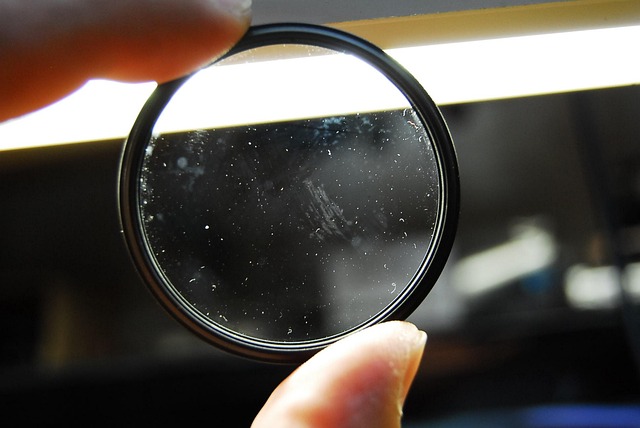For Seguin homeowners dealing with suspected mold, understanding the difference between mold remediation and mold inspection is crucial. Inspection involves assessing visible mold growth and water damage using specialized equipment to identify hazards. Remediation focuses on safely removing contaminated materials and restoring affected areas. Both are essential for a healthy home, especially for those with respiratory conditions or weakened immune systems. Air quality testing, a key component of inspection, identifies airborne mold spores and environmental factors contributing to growth. Homeowners should consider professional assistance for accurate and comprehensive outcomes in both identifying and resolving mold-related issues.
In Seguin, understanding the distinction between mold remediation and inspection is crucial for maintaining a healthy home environment. This article guides Seguin homeowners through essential knowledge about mold, focusing on the key role of air quality testing in comprehensive mold inspection. Learn the nuances of mold remediation vs. inspection to make informed decisions regarding your property’s well-being. Discover why professional assessment and targeted testing are vital steps in addressing potential mold issues effectively.
- Understanding Mold: The Basics for Seguin Homeowners
- The Role of Air Quality Testing in Mold Inspection
- Mold Remediation vs. Inspection: What Every Homeowner Should Know
Understanding Mold: The Basics for Seguin Homeowners

For Seguin homeowners, understanding mold goes beyond simply spotting black spots on walls. Mold is a type of fungus that thrives in damp and humid environments, often hidden behind walls, in crawl spaces, or under flooring. It can grow rapidly and produce microscopic spores that spread easily through air currents and water sources. While some molds are harmless, others can cause health issues, especially for individuals with respiratory conditions or weakened immune systems.
When it comes to addressing mold concerns, Seguin homeowners often wonder about the difference between mold remediation and mold inspection. Mold inspection involves a thorough evaluation of visible mold growth and assesses the extent of water damage, which is a primary driver of mold development. In contrast, mold remediation focuses on the removal of moldy materials and restoration of affected areas to create a healthy living environment. Homeowners should consider professional assistance for both inspections and remediation to ensure comprehensive results and prevent future mold-related issues.
The Role of Air Quality Testing in Mold Inspection

Air quality testing plays a pivotal role in mold inspection, offering a deeper understanding of the environmental conditions that contribute to mold growth. Unlike mold remediation, which focuses on removing and addressing the presence of mold, air quality testing identifies and quantifies airborne mold spores, providing critical data for homeowners in Seguin. This information is crucial for determining the extent of any existing mold issue and guiding appropriate actions, whether it’s simple ventilation or more intensive remediation strategies.
By analyzing air samples, professionals can identify specific types of mold and assess their concentration levels. This data not only helps establish the source of mold but also aids in comparing current conditions to post-remediation readings, ensuring effective treatment. For Seguin homeowners considering mold inspection, understanding the importance of air quality testing is key to distinguishing between a simple assessment and a comprehensive solution that addresses both visible mold and its airborne components.
Mold Remediation vs. Inspection: What Every Homeowner Should Know

For Seguin homeowners concerned about indoor air quality, understanding the distinction between mold remediation and inspection is crucial. While both are vital for maintaining a healthy living environment, they serve different purposes. Mold inspection involves assessing the presence, type, and extent of mold growth in a property using specialized equipment and techniques. It’s a non-invasive process aimed at identifying potential hazards and guiding further actions, often leading to recommended remediation.
On the other hand, mold remediation focuses on the active removal or containment of mold from an affected area. This involves steps like removing contaminated materials, cleaning surfaces, and implementing strategies to prevent future growth. Homeowners may need professional help for remediation, especially in severe cases, as it requires specialized knowledge and equipment. Regular inspections, however, are a proactive measure that can help catch issues early, preventing the need for extensive remediation.
For Seguin homeowners concerned about mold, understanding the distinction between mold remediation and inspection is crucial. While mold remediation focuses on removing contaminated materials and restoring your home, mold inspection identifies and assesses the extent of mold growth. Air quality testing, a key component of thorough mold inspections, helps determine if unsafe levels of mold spores are present, guiding appropriate action. Whether considering routine checks or addressing suspected mold issues, this knowledge empowers Seguin residents to make informed decisions about their home’s health.
